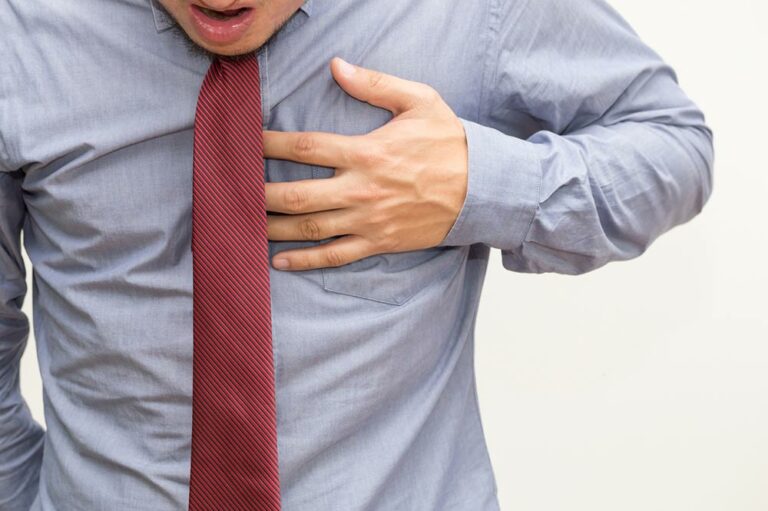9 early warning signs of COPD

Millions of people worldwide are impacted by Chronic Obstructive Pulmonary Disease (COPD). Statistics suggest it is one of the leading causes of death in patients. While it’s a significant health concern, recognizing its early signs can pave the way for timely diagnosis and intervention. To avoid any progression and long-term complications of the condition, it is important to learn about the key early signs of COPD, their causes, and their intricate link to this debilitating respiratory condition.
Persistent cough
One of the earliest warning signs of COPD is a persistent cough, often accompanied by increased mucus production. Airway irritants are the primary cause of COPD. Inhaling pollutants like dust, smoke, chemicals, and pollen irritate the airways and cause inflammation. It can lead to coughing as the body attempts to clear mucus and foreign particles.
Shortness of breath
Experiencing shortness of breath, especially during physical activities, is an early indicator of COPD. When mild, it can be looked at as a sign of participating in physical activity, lack of exercise, or aging. COPD causes airway inflammation and damage to the lung tissues, leading to reduced lung function. This diminishes the amount of oxygen that can be delivered to the body, resulting in breathlessness. Over time, as the condition progresses, patients can experience increased breathlessness.
Wheezing
Wheezing, a high-pitched whistling sound when breathing, can occur in the early stages of COPD. As COPD progresses, narrowed airways and the accumulation of mucus make it difficult for air to flow smoothly, resulting in wheezing sounds. Alternatively, it can also indicate multiple other concerns. Therefore, getting a proper diagnosis is important instead of overlooking symptoms as something ordinary.
Increased mucus production
Excessive mucus production, often with a change in color, can be an early COPD symptom. Chronic inflammation in the airways stimulates mucus production as the body’s defense mechanism to trap and eliminate irritants. The increased mucus in the body could also play a role in obstructing the airway and aggravating shortness of breath and coughing in patients.
Chest tightness
Many individuals with early-stage COPD experience chest tightness, described as a feeling of pressure or constriction in the chest. COPD-related inflammation and the narrowing of air passages contribute to chest tightness and discomfort.
Frequent respiratory infections
Frequent respiratory infections, such as bronchitis or pneumonia, can be an early manifestation of COPD. Weakened lung function in COPD makes individuals more susceptible to infections, as the lungs struggle to clear bacteria and other pathogens effectively.
Fatigue
Unexplained fatigue, even after minimal physical exertion, is another early sign of COPD. Reduced oxygen levels in the bloodstream, resulting from impaired lung function, can lead to fatigue and reduced stamina.
Bluish lips or fingernails (Cyanosis)
Early-stage COPD can sometimes lead to cyanosis, where the lips, fingertips, or skin turn bluish due to inadequate oxygen levels. Cyanosis occurs when blood oxygen levels drop significantly, which can happen in COPD due to impaired lung function.
Decreased exercise tolerance
Early on, individuals with COPD may notice a decline in their ability to engage in physical activities they once enjoyed. As COPD progresses, reduced lung capacity makes it challenging to exert oneself physically, leading to decreased exercise tolerance.










